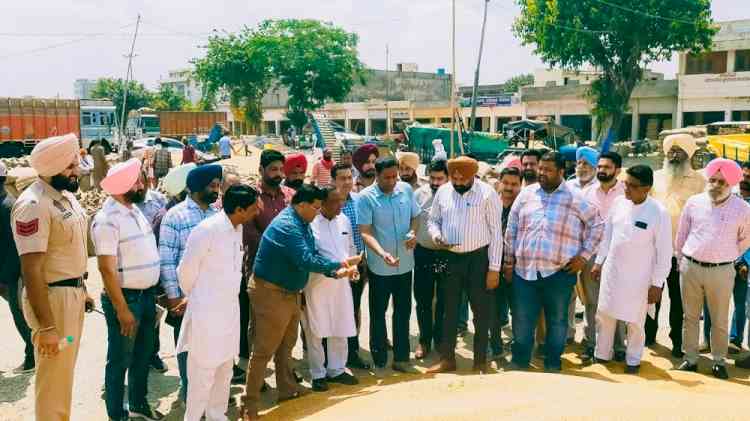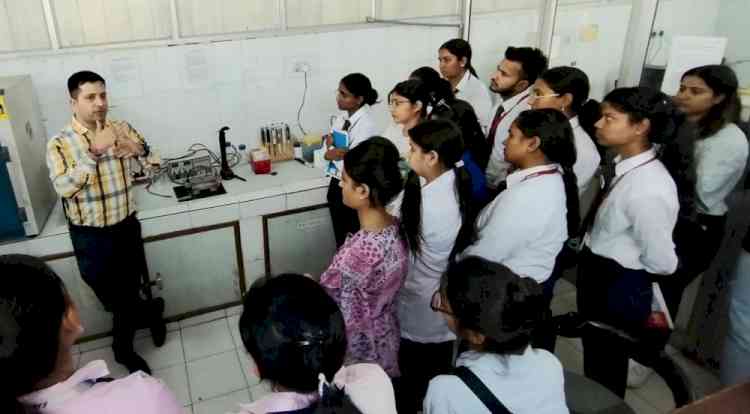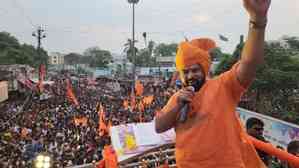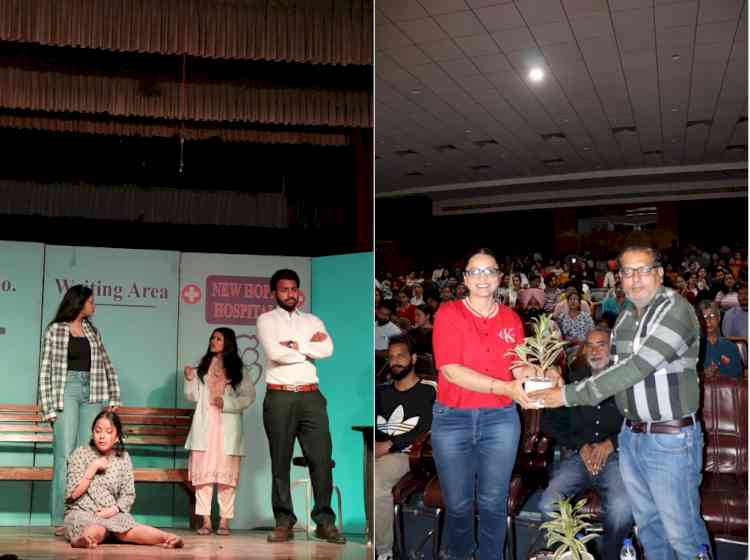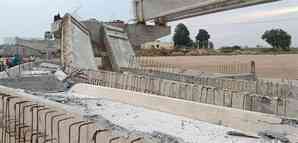IIIT-Hyderabad’s earthquake disaster risk index (EDRI) report published by NDMA

Hyderabad, October 14, 2019:International Institute of Information Technology Hyderabad (IIITH) along with National Disaster Management Authority (NDMA), Ministry of Home Affairs, Government of India,has developed Earthquake Disaster Risk Index (EDRI) for 50 cities and 1 district.
In this pilot study, the cities were selected based on population density, housing threat factor and cities identified by Government of India. The major area of focus is the seismically active regions in India, i.e., seismic zones IV and V. The EDRI report has been prepared based on the field visit of 25 cities and collection of secondary data from the remaining cities’ officials.
In each city, a sample of around 400 buildings were selected in different areas. Using the methodology proposed, EERC ranked all 50 cities on a scale of 0-100. The risk has been categorized as Low, Medium and High for easy understanding of decision-makers and town planners. The EERC research team comprised of Principal investigator Prof. R Pradeep Kumar and his PhD scholars who worked on it for 3 years. It was reviewed by a panel of technical committee comprising of IIT professors and government officials.
India’s hazard profile shows that about 56 percent area of India is vulnerable to moderate to major earthquakes. It is evident from past earthquakes such as Manipur (2016), Nepal (2015), Sikkim (2011), Kashmir (2005), Bhuj (2001), Chamoli (1999), Jabalpur (1997) and Latur (1993) that all type of buildings sustain damage if not designed properly. The experiences of these earthquakes have demonstrated that many typical buildings of different types have sustained significant damage in these earthquakes. More than 90% of the casualties in past earthquakes in India have occurred due to collapse of houses and structures. The loss of life and property can be minimized significantly by ensuring better code compliance of upcoming constructions and undertaking seismic retrofitting of existing buildings thereby making them earthquake resilient. Hence the need to quantify the earthquake risk to the buildings so that decision makers put the adequate structural measures after prioritizing the buildings.
Speaking about the project, Prof Pradeep Ramancharla, Head of EERC said, “EDRI will help to provide a systematic way to compare the overall earthquake disaster risks across a large number of cities and regions in India; and to create awareness on seismic zones that are under low seismic hazard regions yet poses seismic risk threats and the influencing parameters and it will sensitize policy makers for taking appropriate actions towards reducing the earthquake risks “
NDMA hopes that the report will be of help to concerned city officials and act as a guide towards disaster risk mitigation and preparedness efforts.

 cityairnews
cityairnews 







